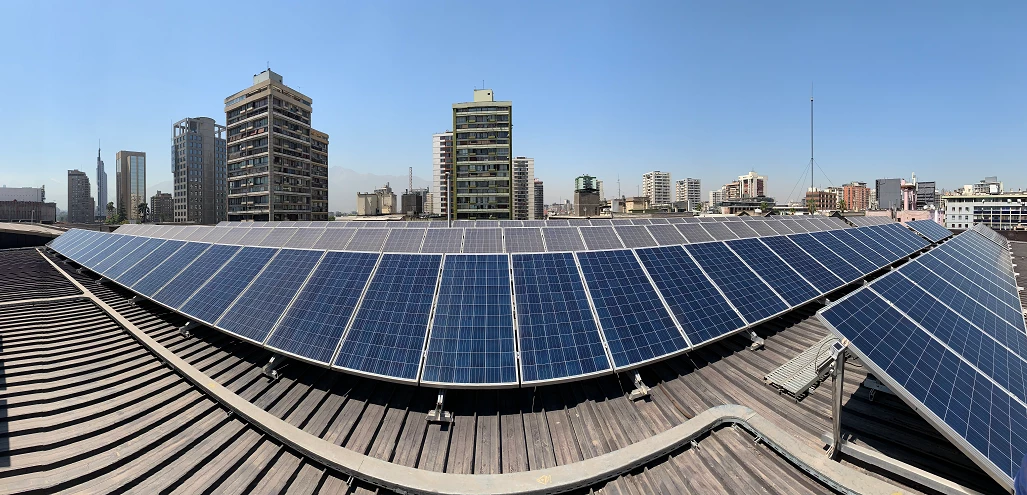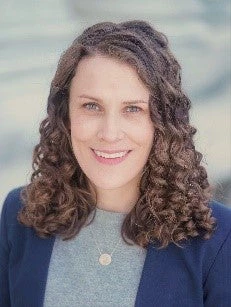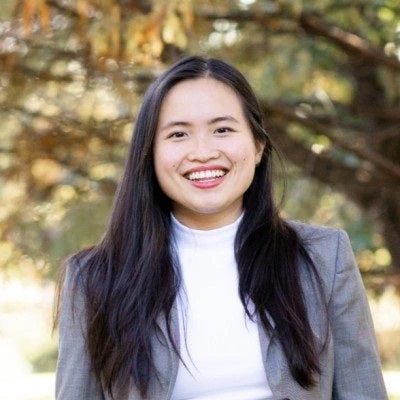 Solar Panels, copyright Stephanie Rogers, World Bank
Solar Panels, copyright Stephanie Rogers, World Bank
How can we leverage new technologies, such as blockchain, to unleash the power of climate markets?
What are Climate Markets?
Article 6 of the Paris Agreement intends to provide a basis for countries to voluntarily cooperate with each other to deliver on their NDCs and raise ambition. Effectively, this Article signals the use of carbon markets globally, allowing for decentralized bilateral cooperation approaches, including through internationally transferred mitigation outcomes.
The size of the prize of these next-generation carbon markets? According to a recent study, they could halve the cost of implementing NDCs, saving $250 billion per year by 2030, unleashing the power of markets to tackle climate change.
Current and future markets, however, pose challenges: different countries and operate under different technological systems, different governance rules. Information about mitigation outcomes (MOs) is currently collected in a variety of repositories, including spreadsheets, databases reflecting pipeline activities, and registries at the country, regional, or institutional level. The differences in these processes and systems constrain market integration making for complicated transactions.
The Kyoto Protocol utilized an International Transaction Log, operated by the United Nations Framework Convention on Climate Change (UNFCCC), to facilitate communication between registries. This meant the UNFCCC undertook centralized functions, including a clearance process for transactions. [Article 6 will be front and center in the negotiations at the upcoming COP25 in Madrid.] Negotiators are still determining whether a centralized infrastructure should continue, the functions it could perform, and to which market mechanisms or transactions it would apply.
The World Bank’s Approach to Next-Generation Climate Markets
The World Bank’s Carbon Markets and Innovation team (CMI) is developing a Climate Warehouse ecosystem to demonstrate the viability of a decentralized information technology approach to connect climate markets systems. In this ecosystem, a meta-registry system connects to country, regional, and institutional databases and registries to surface publicly-available information on MOs and record status changes to provide information on how MOs are used. The objective of the Warehouse is to enhance transparency and trust among market participants and enable the tracking of MOs across different systems.
According to our recent research, blockchain, artificial intelligence, the internet of things, and other disruptive technologies hold significant promise in terms of addressing the needs of next-generation climate markets. CMI is, therefore, partnering with the World Bank’s Information Technology Services Technology and Innovation Lab to explore how these new technologies can be used to develop the Climate Warehouse system.
Among its advantages, blockchain is a decentralized, distributed digital ledger that records information across multiple computers so that any involved record cannot be altered retroactively without the alteration of all subsequent blocks, boosting transparency. Blockchain also has the capabilities to simplify data sharing among diverse registries and ensures that MOs can be traceable from their origin to their eventual retirement. The decentralized and immutable nature of the system provides resilience against attacks and can boost confidence that information has not been tampered with. Furthermore, the peer-to-peer arrangement could give participating entities the flexibility to interact with their own blockchain node and manage their access rights based on their own requirements and institutional frameworks.
However, blockchain may not be a suitable repository for storing large amounts of information about climate actions. For instance, the measurement, reporting, and verification (MRV) processes needed to verify project and MO information currently rely on extensive use of audit reports, detailed project information, and imagery. Blockchains, however, were built to store transactional data linked together that grows as more transactions are added. As the chain grows, so too does its demand for storage and computing power to process transactions. This can affect the cost of running the system on a public blockchain.
Also, blockchain cannot assure the quality of data: it is only as good as the quality of data entered into the system. Some of this can be alleviated through processes and governance practices put in place that dictate the format of information and its flow into the meta-registry. And if duplications occur, at the very least, blockchain provides a record of the occurrence, and corrections can be fully traceable among participating parties.
What’s next?
The Bank is undertaking a simulation of the Climate Warehouse concept involving partner institutions that are implementing or planning to implement databases or registry solutions. Because the Climate Warehouse is a new concept, there is much to gain through co-existence with current systems and parallel processes. Along with the Bank, partners are connecting their systems to the Climate Warehouse simulation to surface publicly-available information from their systems. The team is planning for upcoming engagements to share lessons learned and support policy-makers.
Continuing negotiations on Article 6 means that piloting efforts are more important than ever. The Bank is well-placed to demonstrate innovative solutions to address key challenges and build client capacities through collaborative pilots. Moving forward, the Bank hopes to continue to facilitate regular exchange with Governments, non-governmental standards-setting organizations, the private sector, and other expert groups to explore opportunities to leverage emerging technologies for post-2020 climate markets.
Learn more about World Bank’s Blockchain, and Climate Markets visit our Program Page.






Join the Conversation